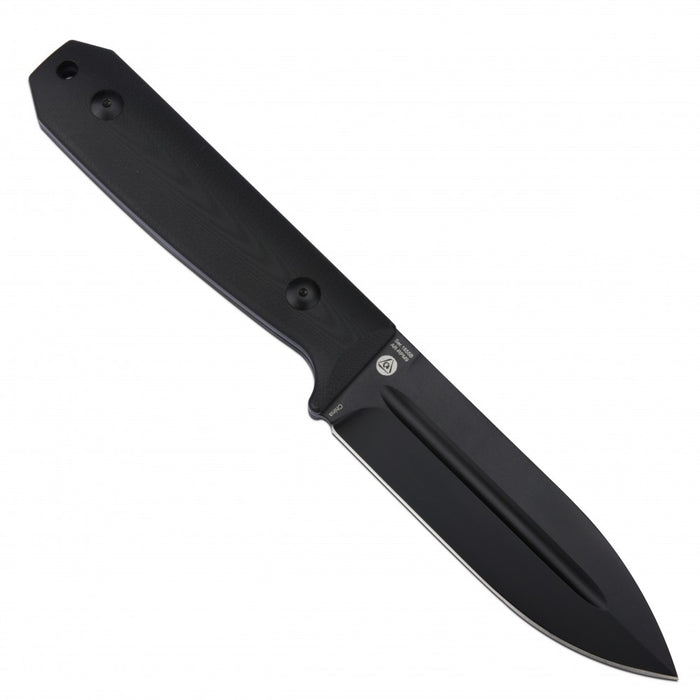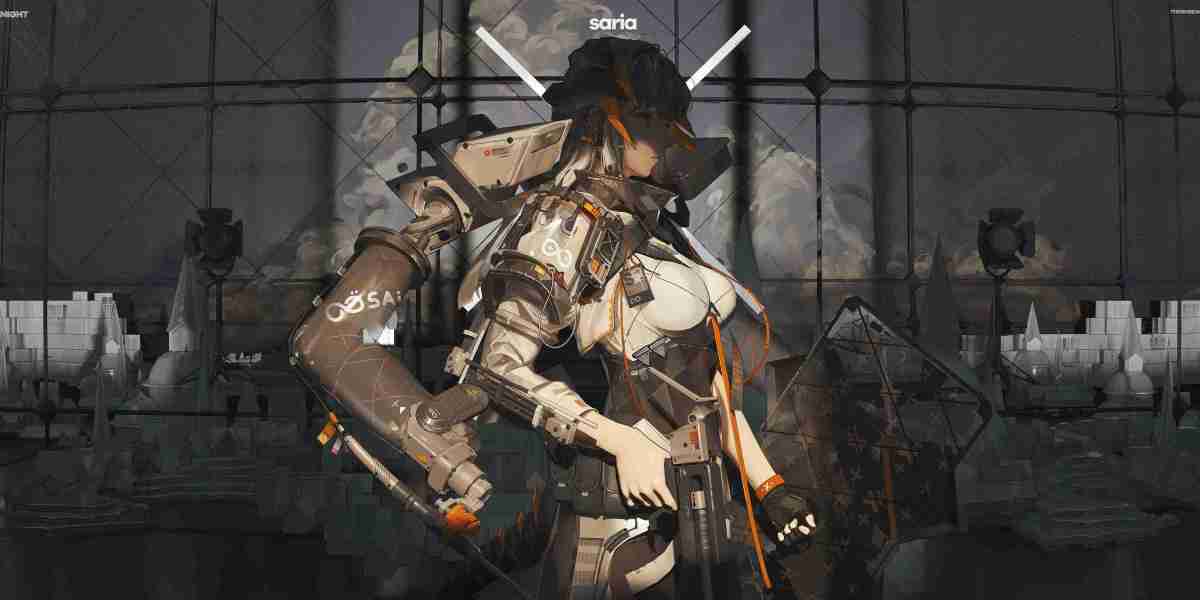When it comes to survival situations, having the right tools can make all the difference. One essential tool that should never be overlooked is a fixed blade knife. Whether you find yourself in the wilderness or facing other challenging circumstances, a reliable fixed blade knife can serve as a versatile tool for various tasks. In this article, we will explore the different factors to consider when choosing the perfect fixed blade knife for your survival kit.

Understanding Survival Knife Basics
Before delving into the specifics, it is important to understand the basics of a fixed blade knife. Unlike folding knives, which have a hinge that allows the blade to fold into the handle, fixed blade knives have a solid blade that extends from the handle. This design offers increased strength and durability, which are crucial for survival situations.
Blade Length and Design
The blade length is a crucial aspect to consider when choosing a fixed blade knife. A longer blade can be beneficial for tasks such as chopping wood or preparing food, but it may be less maneuverable in tight spaces. On the other hand, a shorter blade provides greater control and is easier to carry. Ultimately, the right blade length depends on your specific needs and preferences.
In terms of design, there are various blade shapes to choose from, each with its own advantages. For example, a drop point blade offers versatility for a wide range of tasks, while a tanto blade excels at piercing and puncturing. Consider the intended use of your knife and choose a blade design that will best suit your needs.
Handle Material and Ergonomics
The handle of a fixed blade knife is just as important as the blade itself. Look for handles made from high-quality materials that offer durability and a comfortable grip. Common handle materials include wood, rubber, and synthetic materials such as G10 or Micarta.
Ergonomics also play a crucial role in handle design. A well-designed handle should fit comfortably in your hand and provide a secure grip, even in wet or slippery conditions. Consider the handle shape and texture to ensure that it will be comfortable to use for extended periods without causing discomfort or hot spots.
Full Tang Construction
When choosing a fixed blade knife, it is essential to prioritize knives with full tang construction. This means that the blade extends all the way through the handle, providing maximum strength and stability. A full tang knife is less likely to break or fail during heavy use, making it a reliable tool for survival situations.
Sheath Options
The sheath is an often-overlooked aspect of a fixed blade knife, but it is crucial for safe and convenient carry. Look for a high-quality sheath that securely holds the knife in place and offers easy accessibility. Consider the attachment options and choose a sheath that can be carried on a belt or attached to a backpack, depending on your preference.
Maintenance and Durability
A reliable knife should be easy to maintain and durable enough to withstand the rigors of survival situations. Look for knives made from high-quality materials that are resistant to rust and corrosion. Additionally, consider the ease of sharpening and maintaining the knife's edge in the field, as a sharp blade is essential for effective use.
By carefully considering these factors and choosing the right fixed blade knife for your survival kit, you can ensure that you are equipped with a versatile and reliable tool that will serve you well in any situation. Remember, a fixed blade knife is an investment, so choose wisely and prioritize quality and functionality over flashy features.
Conclusion
Choosing the right fixed blade knife for your survival kit is a decision that should not be taken lightly. The knife you choose can potentially be a lifesaver in emergency situations. By considering factors such as blade length and design, handle material and ergonomics, full tang construction, sheath options, and maintenance and durability, you can make an informed decision that will prepare you for any survival scenario.








